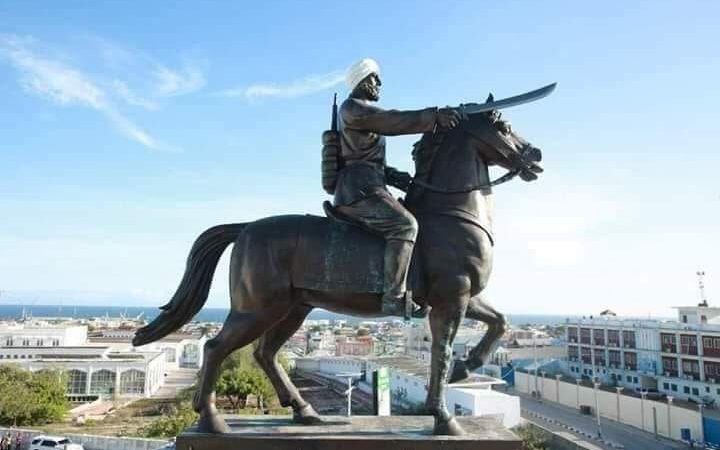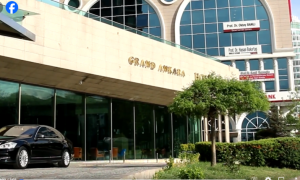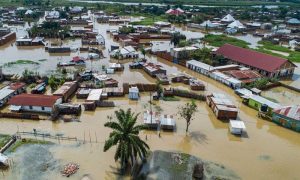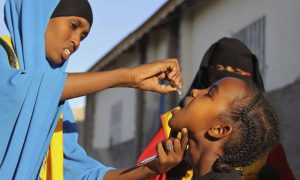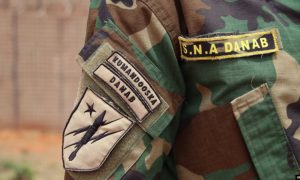
MOGADISHU ( EDITORIAL) – On 18th October just four days after the country marked the 2nd anniversary of the deadliest bomb attack, people in Mogadishu woke up to major development in the city-the government had brought to live monuments of our heroes which had for many years.
They erected monuments are Dhagah-Tur, Sayidka, Hawo-Tako, Ahmed-Gurey, SYL, and Tomb of the Unknown Soldier, all of which symbolize the struggles and sacrifices for our independence.
The move to rebuild the monuments receives major public praise in spite of criticism by a handful of individuals led by opposition figures.
The critics claimed that the government should have done something more important than erecting monuments while some looked at them from a religious perspective terming the move as irreverent. But those who support the installations argue that the monuments refresh the minds of the youth and remind them of the struggles for independence, reviving a memory which was diminishing bit by bit.
Somali youth who make over 70% of the population received a sense of belonging and a chance to remember and cherish the struggles our independence heroes made. The monuments also serve as an important reminder and warning to our youth that should they not unite, they will risk losing this independence.
These monuments were part symbols that robbed when the civil war broke out following the fall of the central government led the military in the 1990s.
The country has not yet recovered from the nightmare which befell it 30 years ago though there have been efforts to revive the statehood in the last 20 years.
According to Somali President Mohamed Abdullahi Farmajo, the installation was not only meant to remember the few individuals whose monuments were erected but also meant recall the long struggles by the Somali public to achieve freedom and (the freedom fighters) to give us chance to live independently and as complete nationhood.
The youth who were taught the struggle for independence at schools are the ones attracted by the monuments.
The installation is seen as progress taking place in the city and signifies the importance of reviving the historic places. Future governments ought to maintain and protect these monuments.
Tribalising National Symbols
Few people with hidden agenda to oppose the move have written negative comments to associate the installation of the monuments to a certain clan.
These individuals have cast doubt on the patriotism and cleanliness of the heroes whose monuments were erected in the city. Though human beings have never been free from error, the written history of Somali people never said anything wrong about these freedom strugglers. Despite the negativity expressed by these individuals, it is important to note that many Somalis may not know the clans of these freedom fighters.
During the civil war and anarchy era, there have been Individuals who worked for the country but commemorated tribally but that diminishes the hard work they paid to the country. In addition, the move to remember them individually tribally is a factor contributing to the disintegration of the nation.
Several former leaders have been named after institutions located in areas dominated by their respective clans. This move misleads the upcoming generations.
For instance, Sayid Mohamed Abdulle Hassan led the fight against the British during the colonial period in the northern part of the country. His base for the struggle for freedom was the Taleh town of the Sool region. The leader who is a national figure was recently named after Kismayu Airport. The clan of the leader partly occupies Kismayu.
Another leader is Mohamed Haji Ibrahim Igal who once served as Somali prime minister was named after an airport in Hargeisa Somaliland. Igal also served as the first leader of Somaliland.
Galkayo airport in Puntland was named after former president Abdullaji Yusuf Ahmed. Same way, Galkayo Stadium was named after Mohamed Awale Liban, who was one of Somali youth league members. Awale was the man who wrote the country’s national anthem in 1947.
Clans in Galmudug state has named a stadium in the south of Galkayo town after Abdullahi Isse Mohamed, the country’s first prime minister during the trusteeship. Baidoa airport is named after Hassan Mohamed Nur (Shati-gadud).
To minimize the impacts of tribalism, the public has to gear up initiatives to shed light on the struggles and the bloodshed for freedom of this country and its people.
The issues that need the campaign to create awareness encourage people to stand against all those in relation to tribalism.
.
.
.
Sources: Halbeeg.com
Xafiiska Wararka Qaranimo Online | Muqdisho
_________________________________________________________
_____________________________________________________________________________________Xafiiska Wararka Qaranimo Online | Mogadishu, Somalia
_____________________________________________________________________________________Advertisement
_____________________________________________________________________________________


